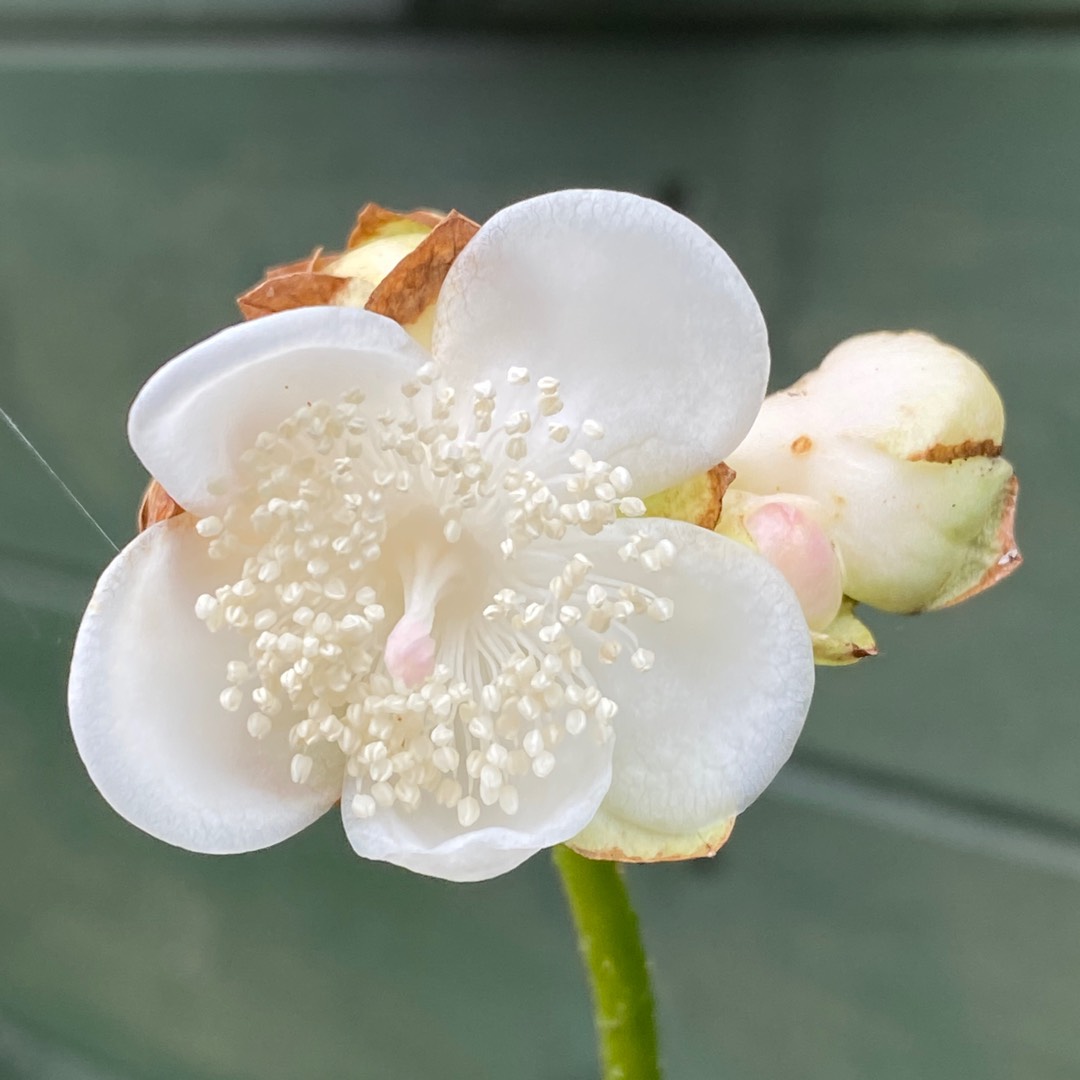
Deinanthe Bifida
False hydrangea
The false hydrangea, is an herbaceous perennial which typically grows to 60cm tall and wide. Each flower cluster has both inner bisexual flowers and a lesser number of larger sterile flowers which are found on the flower cluster margins. Best grown in peaty, fertile, well-drained but consistently moist soils in light shade.
-
Partial shade
-
Occasional watering
-
Full Frost Hardy: 5F (-15°C)
-
Moist and free draining
Common name
False hydrangea
Latin name
Deinanthe Bifida
type
Herbaceous Perennials
family
Hydrangeaceae
ph
5.0 - 7.0 Acid - Neutral
Plant & bloom calendar
-
Best time to plant
full grown dimensions
 0.60 M
0.60 M
0.60 M
0.60 M
Deinanthe Bifida
The false hydrangea, is an herbaceous perennial which typically grows to 60cm tall and wide. Each flower cluster has both inner bisexual flowers and a lesser number of larger sterile flowers which are found on the flower cluster margins. Best grown in peaty, fertile, well-drained but consistently moist soils in light shade.
Planting young plants
From Early Spring TO Early Spring
Plant in autumn or in early spring in good peaty soil that is moisture retentive and previously enriched with well decayed manure, compost or peat. They are best grown in a sheltered position against a wall or hedge or beneath a canopy of high trees. The tender young shoots are easily damaged by late spring frosts thus they should not be grown in positions where early morning sun after night frost may damage them.








